My Adventure to Spain
A search for my family’s roots
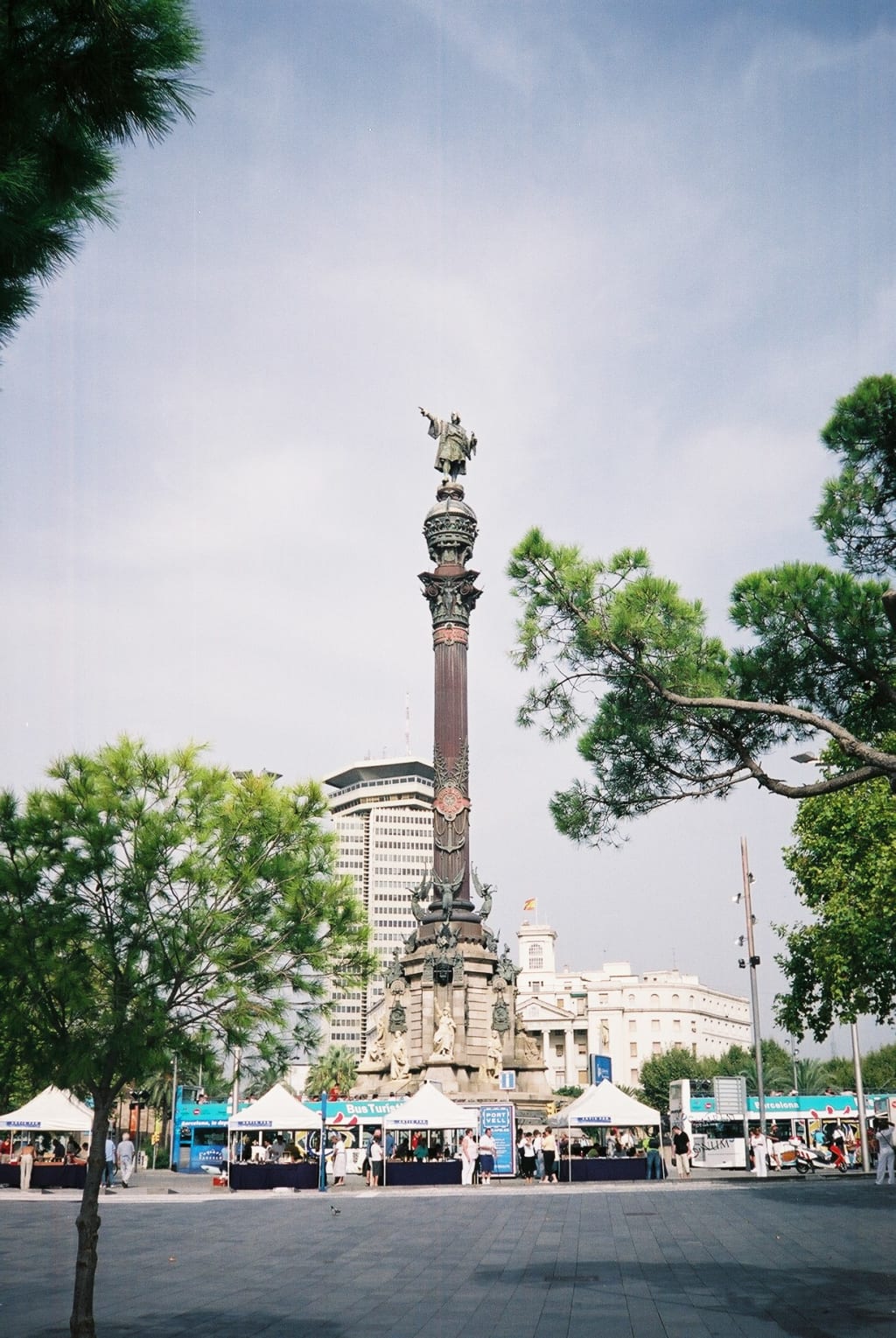
During Labor Day weekend in 2004, I took the opportunity to visit Spain while stationed in Germany. Unlike my travels to other European nations, my trip to Spain had a personal motivation: searching my family roots.
My last name was Vidal at birth, and my biological family hails from Puerto Rico. When I was adopted as a kid, I recalled my adopted father telling stories about his family’s history in India. My adopted mother’s family also traced its lineage to English, Welsh, and German settlers predating the American Revolution. Hearing their stories made me more interested in exploring mine.
As a kid, I knew some basic facts about Puerto Rico to include it being a former colony of Spain. As I became more interested in world history, I began exploring Spain and its role in the New World. Additionally, I would draw maps of walled cities like ancient Rome or Athens to occupy my time. My fictional walled cities would always be in place that resembled Northeast Spain, and I would give it a name that looked like Andalusia. As a kid, I did not know what Andalusia meant, but I would later study Arabic culture and history before my deployment to Iraq.
I researched my biological family name of Vidal and came away with some interesting facts. There are different variations of the family name that can be found in Northwest Spain, Southern France, and Northeast Italy. One variation of Vidal is Vitale in Italian. Intrigued with that information, I planned my trip to Barcelona, Spain. I booked my flight on Ryanair from Frankfurt-Hahn airport and landed in Girona, Spain. From Girona, I took a bus to Barcelona.


I stayed in a hotel in northern Barcelona close to the University. I commuted downtown to La Rambla, a tree-lined pedestrian boulevard that takes you to the famous Christopher Columbia monument. La Rambla is a terrific place to explore, see the street performers, and enjoy the local cuisine. Most of my meals consisted of paella with a pitcher of sangria.


One thing that stood out to me as I walked around Barcelona was the language seemed different than the Spanish I expected. Before I go any further, I need to stress one thing. While I am of Puerto Rican descent, my Spanish speaking abilities ranged from terrible to non-existent. Members of my biological family have told me I was fluent as a small child. Still, when I moved away from my grandmother’s home, I was not exposed to Spanish and gradually lost my ability to speak and comprehend it. I took Spanish in middle and high school and college but never did well. When I took the Army’s language aptitude test, I bombed that too.

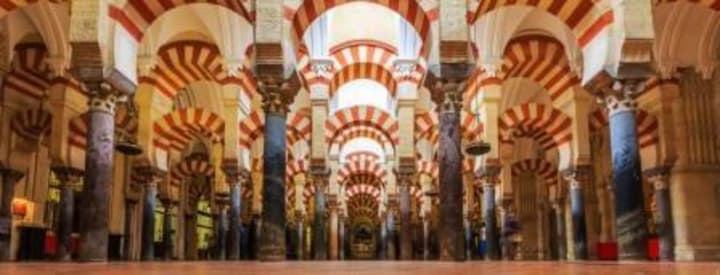
The people in Barcelona speak Catalan, while the Spanish I grew up learning is known as Castilian. Barcelona resides in the Spanish region of Catalonia and has a fascinating history that traces back to the conflict of the Umayyad Caliphate and the Carolingian Dynasty. The Islamic invaders called the Iberian Peninsula Al-Andalus, which I found exciting considering I called my fictional walled cities Andalusia. For a brief period, the Islamic territory stretched into Southern France. Eventually, the Umayyad dynasty came into conflict with Charles Martel and the Franks. Charles Martel’s son, Pepin the Short, would be the first king of the Carolingian Dynasty, and Pepin’s son, Charlemagne, would become the first Holy Roman Emperor.

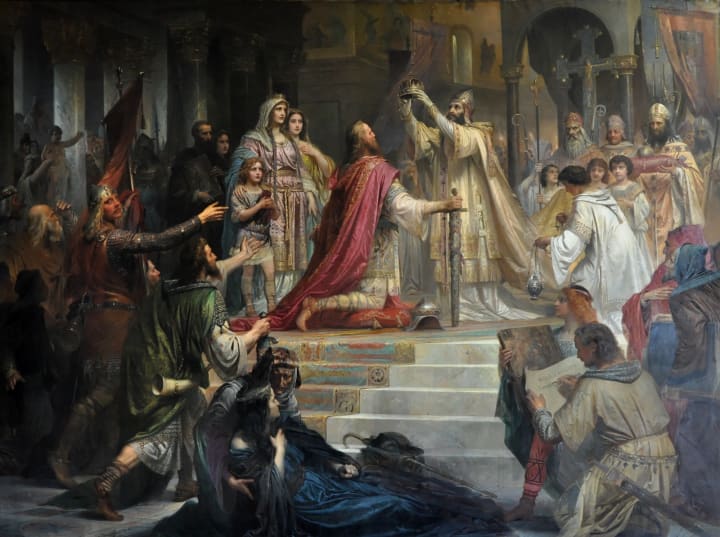
The history of the conflict between Christians, Muslims, and even Jews in the area fascinated me. I would later learn about that history’s connection with the Vidal family name when I returned to Girona.
Back to Catalan as a language. The best way for me to describe it is a mixture between Spanish (Castilian) and French. When I visited the Barcelona Naval Museum, all the exhibits were written in Spanish (Castilian), Catalonian, French, Italian, and English. Like the famous Rosetta Stone, I could see the similarities and differences between Catalonian and the other Romance Languages (Spanish, French, and Italian).
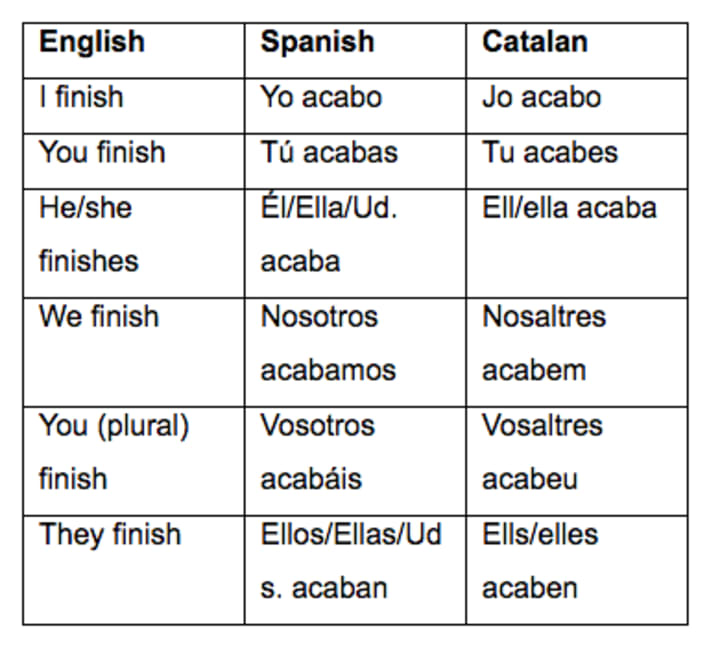
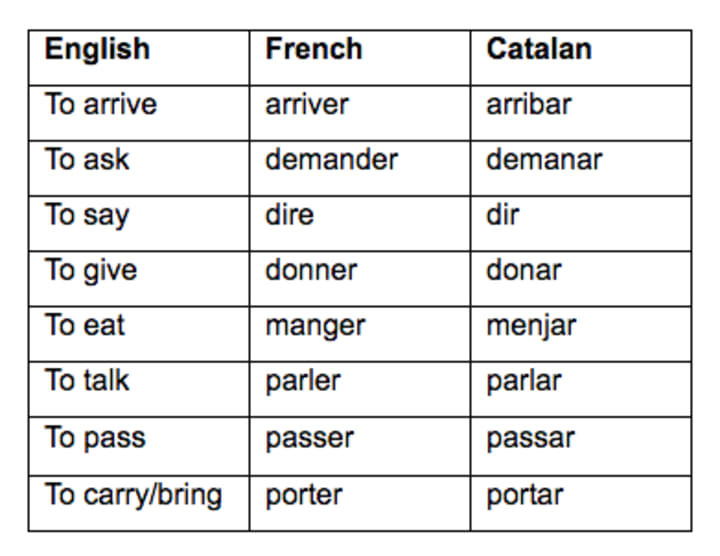
I took the opportunity to visit several churches in Barcelona, and the most famous one was La Sagrada Familia. Antoni Gaudi designed La Sagrada Familia, and construction began in 1882. When I visited in 2004, it was still under construction and is scheduled to be completed in 2026. The church is considered a world heritage site and is a “must-see” for all tourists. I also visited Gaudi’s other famous building known as Casa Miliá.


After two days of sightseeing and eating and drinking well in Barcelona, I headed back to Girona to catch my flight back to Germany. I had an entire day to kill in Girona before my flight departed at night, and I took the opportunity to explore.

Girona is an ancient walled city in Northeast Spain. It reminded me of the walled cities I used to draw. It was founded during the period of the Roman Empire and later conquered by the Visigoths and Umayyad Caliphate (later became known as the Moors). Later, Charlemagne and the Umayyad fought for control of the city. Eventually, Girona was linked to Barcelona as well as part of the Kingdoms of Aragon and Navarre. Ferdinand II, King of Aragon, married Queen Isabella I of Castile in 1469, which led to the unification of Spain. In 1492, King Ferdinand II and Queen Isabella I paid for Christopher Columbus’s voyage to the New World. That same year, they completed the “Reconquista” that saw the last Muslim kingdom in Granada depart the Iberian Peninsula. Today, you can see the Islamic influence in Girona when you visit the historic bathhouse.
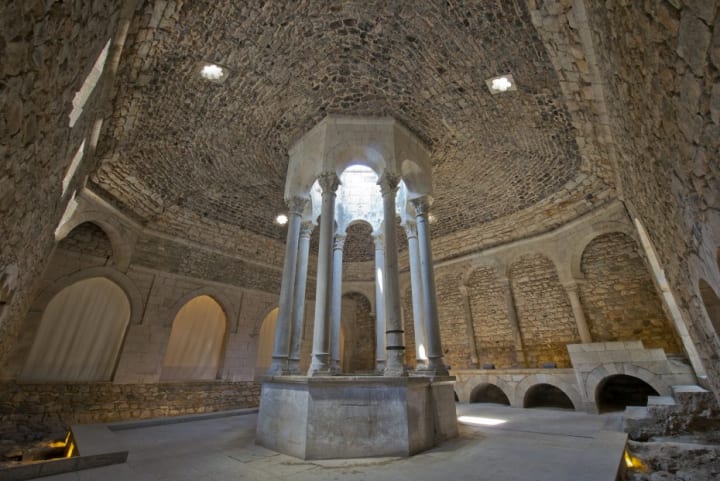
In 2005 as I prepared to deploy to Iraq, my friend Travis who was fluent in Spanish, Arabic and taught himself Pashtu, explained to me the connection between the Spanish and Arabic languages. Many Spanish words have roots in Arabic, such as Arroz (Rice). This fact makes sense when you consider the long-term presence of the Muslims in Spain from 711-1492.
The following year when I was in Iraq, I would discuss with the Iraqis Pre-Islamic culture based on my studies and knowledge of the Epic of Gilgamesh and Islamic history. When I explained my trip to Spain to the Iraqis, I would refer to Al-Andalus to gauge their reaction. The mayor of Tal’Afar, a student of Islamic History, reacted well as we discussed history over tea and cigarettes.

As I walked around Girona, I discovered a significant Jewish presence in the 12th Century. The Jewish community flourished in the city until 1492, when Judaism was outlawed as part of the Spanish Inquisition. As I researched the variations of the Vidal last name, I came across information that the variation of Vidal known as Vitale was common among Jews and Italians during that period. I do not have any proof, but it is possible that since the Vidal name was first referenced around the same period, it has connections to the Jewish community in the region. After 1492, the Jewish members of the community either converted to Catholicism or fled Spain.
I never had a chance to pinpoint exactly where the Vidal family resided in Northeast Spain. According to the House of Names website, the first recorded reference was Pedro Vidal, who died in 1200 in Provence, France, near the Italian border. The same website indicates that the first Vidals arrived in Puerto Rico between 1813-1816.
I completed my self-tour of Girona and flew back to Germany. Someday I hope to travel to Puerto Rico and back to Spain to conduct a more thorough search of my family roots in both lands. I know my search was only half complete since Vidal was my maternal grandmother’s last name. I discovered that my maternal grandfather’s last name of Mejias is from Northwestern Spain and that one variation of the name (Mejia) also has Jewish influences.
My adventure to Spain was an eye-opening event for me to explore and gain a greater appreciation of my family history.
About the Creator
Chad Pillai
Military Officer, World Traveler, and Author.


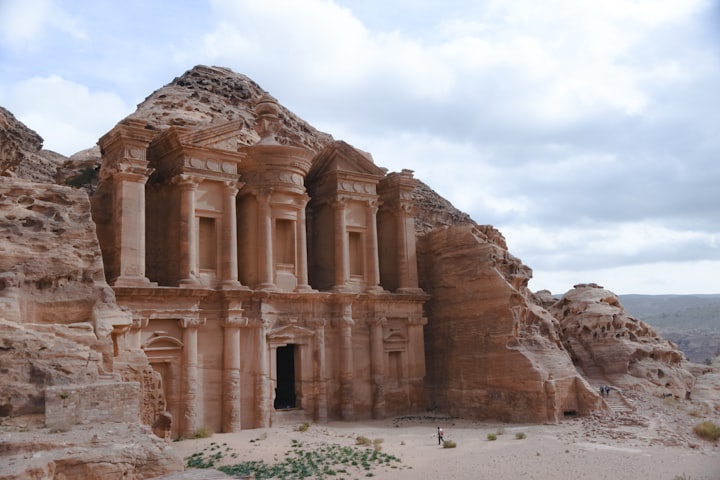



Comments
There are no comments for this story
Be the first to respond and start the conversation.